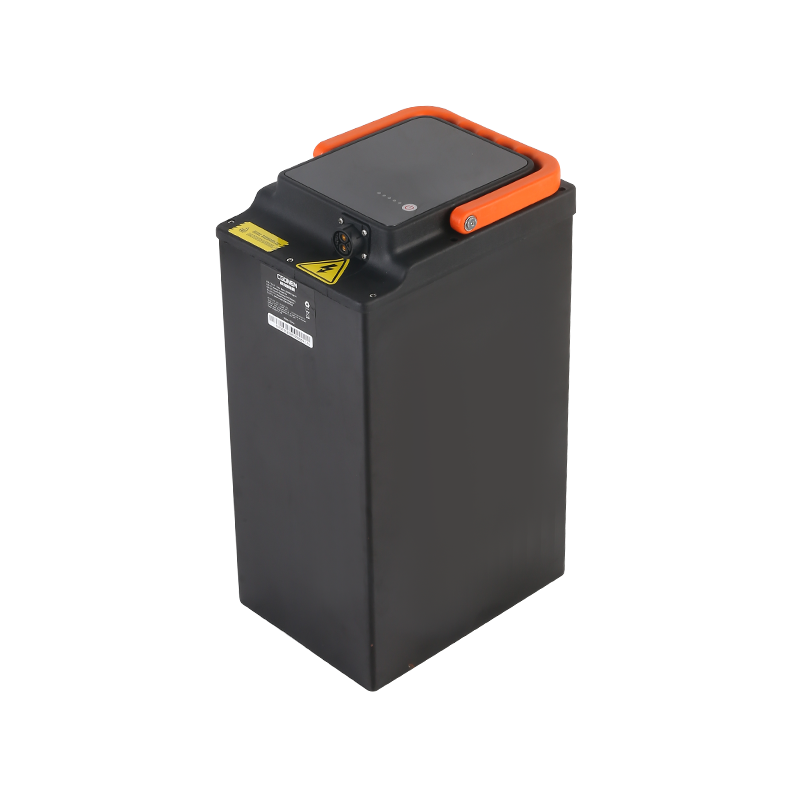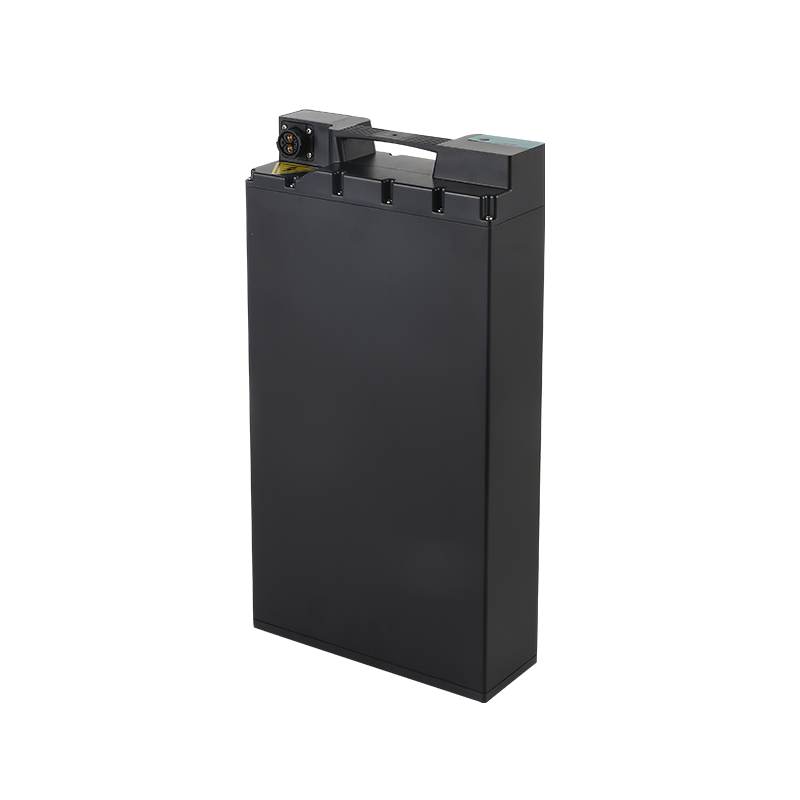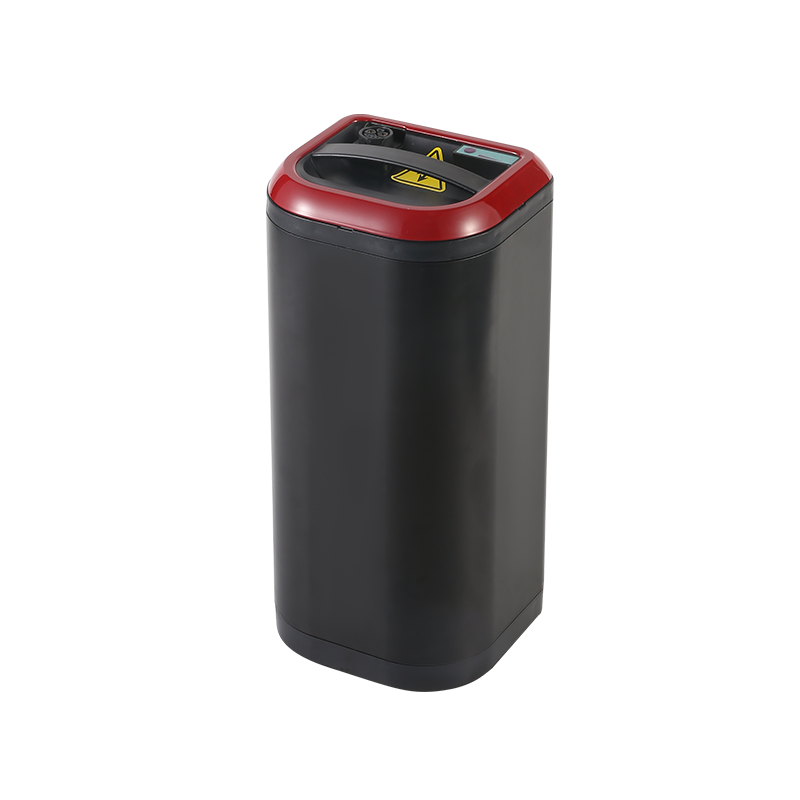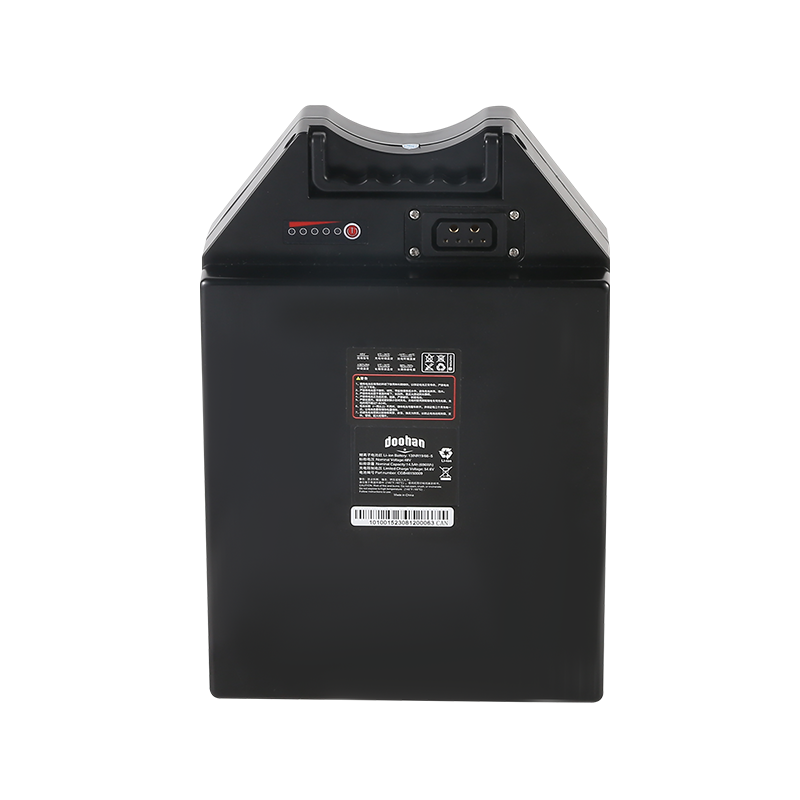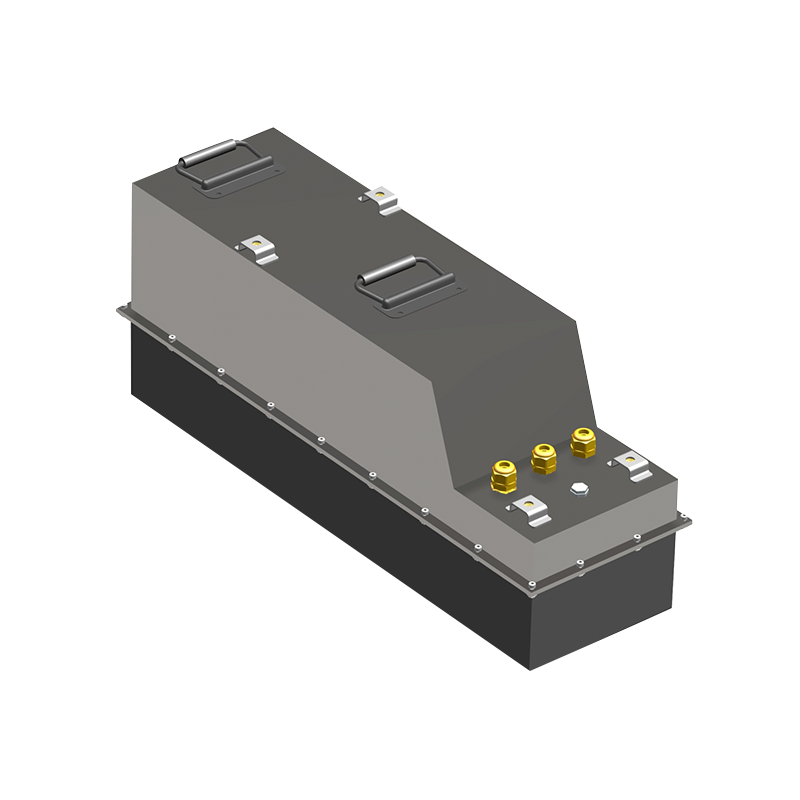Web Menu
Product Search
Exit Menu
Key Components and Applications Cylindrical Cell Modules
Design High Quality Cylindrical Cell Module in China
Cylindrical cell modules are integral components in modern energy storage systems, leveraging advanced electrochemical technologies to store and deliver electrical energy efficiently.
Cylindrical cell modules are composed of individual cylindrical cells that are interconnected to form a larger unit. Each cylindrical cell consists of several essential components:
Cylindrical Enclosure: The outer casing of the cell is typically made of metal, providing structural support and protecting the internal components from physical damage.
Electrodes: Inside the cell, there are electrodes—an anode and a cathode—separated by an electrolyte. These electrodes are often made from materials like lithium cobalt oxide (LCO) for the cathode and graphite for the anode in lithium-ion batteries.
Separator: A porous separator made from materials such as polyethylene or polypropylene is placed between the electrodes to prevent direct contact. The separator allows ions to move between the electrodes during the charging and discharging processes while preventing short circuits.
Electrolyte: The electrolyte is a conductive solution or gel that facilitates the movement of ions (e.g., lithium ions in lithium-ion batteries) between the electrodes. It plays a crucial role in the electrochemical reactions that store and release energy.
Cylindrical cell modules operate based on electrochemical principles, specifically through redox reactions at the electrodes:
Charging: During charging, lithium ions move from the cathode to the anode through the electrolyte, where they are stored in the anode material (e.g., graphite). This process is driven by an external electrical current.
Discharging: When the battery discharges, the lithium ions return to the cathode, generating an electrical current that can power electronic devices or systems connected to the battery.
Cylindrical cell modules are utilized in a wide range of applications due to their compact design, high energy density, and reliable performance:
Consumer Electronics: They power devices such as smartphones, laptops, tablets, and wearable technology, providing portable and long-lasting energy solutions.
Electric Vehicles (EVs): Cylindrical cell modules form the core of battery packs in electric vehicles, offering the energy storage capacity needed for extended driving ranges and efficient operation.
Grid-Scale Energy Storage: In renewable energy systems and grid-scale applications, cylindrical cell modules store excess energy generated from sources like solar and wind power, supporting grid stability and enabling energy management.
The adoption of cylindrical cell modules offers several distinct advantages:
High Energy Density: Cylindrical cell designs, particularly those using lithium-ion technology, offer high energy density relative to their size and weight, making them ideal for applications where space and weight are critical factors.
Scalability: These modules can be easily scaled up by connecting multiple cells together, allowing for customizable energy storage solutions based on specific power and capacity requirements.
Reliability and Longevity: With proper use and maintenance, cylindrical cell modules can have a long operational life, providing reliable energy storage solutions over extended periods.
Fast Charging Capabilities: Many cylindrical cell designs support fast charging technologies, enabling rapid replenishment of energy for devices and vehicles.
Despite their advantages, cylindrical cell modules face several challenges and considerations:
Safety Concerns: Issues such as thermal runaway, overheating, and the potential for battery fires underscore the importance of robust safety features and management systems.
Environmental Impact: The disposal and recycling of battery materials, particularly metals and electrolytes, require careful consideration to small environmental impact and promote sustainable practices.
Looking ahead, advancements in cylindrical cell modules are expected to focus on several key areas:
Materials Development: Research into new electrode materials, electrolytes, and separators aims to improve energy density, cycle life, and safety while reducing costs.
Integration with Renewable Energy: Enhanced integration of cylindrical cell modules with renewable energy sources will facilitate the transition to sustainable energy systems and enhance grid stability.
-

+86-13049701086
-

Stonehuang@CGONEN.com
-

No.88, Huji Road, Taizhou Bay Binhai New Area, Jiaojiang District, Taizhou City, Zhejiang Province, China


